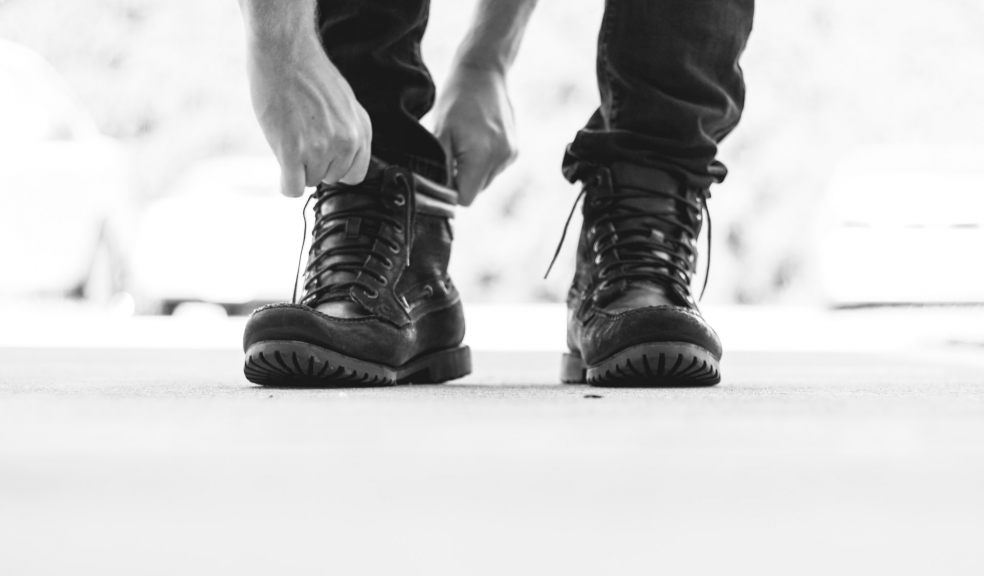
The Importance of Using PPE Footwear at Work
Personal Protective Equipment can sometimes make the difference between a stressful day at the office and a life-changing one. While plenty of emphasis is rightly given to protecting the head and the lungs, the fact is that a whole slew of professionals rely on their feet to remain productive and in work – which makes quality protective footwear an essential consideration.
Controlling the Hazard
Personal protective equipment of any kind is a means of guarding against a hazard – but it’s important to also prevent those hazards from developing in the first place.
Prolonged periods of standing and walking can be a good thing – helping workers to incorporate low-level exercise into their days. But it can also put stress onto certain parts of the lower back, leg, should and neck. The right footwear can play a role in minimising this problem, but so too can the environment in which the work is carried out. Slippery surfaces should be looked for and minimised in the same way as trailing cables. Rest periods should be encouraged and even mandated.
What to look for in protective footwear
Where protective footwear is concerned, there are two attributes we need to consider. The first is the degree to which the sole of the shoe will grip the surface being walked upon. If the treads aren’t deep enough, then the shoe will be unable to cope with water hazards, in much the same way as the tyres on your car. Support around the ankles will also help to prevent injury during slips of this sort.
The second thing that we need to think about is the protection from falling objects (including other people’s feet). Steel capping around the toes will protect them against even the heaviest object, including bricks. Even when damage can’t be protected against entirely, it can be mitigated significantly.
There are also other problems to consider. If there’s a danger that sharp objects might penetrate the sole, we might consider a steel mid-sole. Similarly, the presence of irritant chemicals might require more hard-wearing materials. Finally, it’s important the shoes fit properly – after the thickness of socks has been accounted for!
How to Store
Protective footwear should be kept in a dry place, especially if it’s being asked to walk through mud and other moisture-rich environments. Keep them off the floor, preferably in a space-saving rack. Damage can be patched up with the help of spray-on silicon and wax, to prevent water ingress. A quality protective shoe should be resilient enough to withstand the rigours of the workplace – failure to invest may end up costing more in the long-run.

















